“Although his father had imagined for him a brilliant future in the army, Hervé Joncour had ended up earning a living from an unusual trade [...]. For a living, Hervé Joncour bought and sold silkworms” (Alessandro Baricco, Silk).
There is a Hervé Joncour in Calabria as well: since 2014, Miriam Pugliese, Giovanna Bagnato and Domenico Vivino have opened a cooperative, Il Nido di Seta, and have restarted and recovered silkwormbreeding and the very ancient production of silk. A project that puts tradition, excellence and landscape protection back at the center.
In Calabria, silk culture is still very much felt, just think of the use in traditional costumes and vancals, and it is an ancient tradition, in fact going back a long way to the 14th and 18th centuries, when silk had made the region, in particular, the city of Catanzaro, even the European capital of this product, in particular, since the arrival of the Normans and Roger II, when by the way, many Sicilians moved here imprinting a relevant character of Arab culture. Today, as in the sixteenth century, the beating heart of this ancient activity is still located near Catanzaro, in San Floro, a small town of 600 souls, a barely hilly village overlooking the sea. Here, through the purchase of municipal property, some 5 hectares of land and 3,000 mulberry trees have been recovered, and a museum set up inside the Caracciolo Castle has also been opened, complete with rare ancient and modern looms. Not only that, we also discover that something exceptional is happening here that does not occur in other places in Italy, because it is in Calabria the only place in Italy where the entire silk industry resists, and San Floro is the center of it.
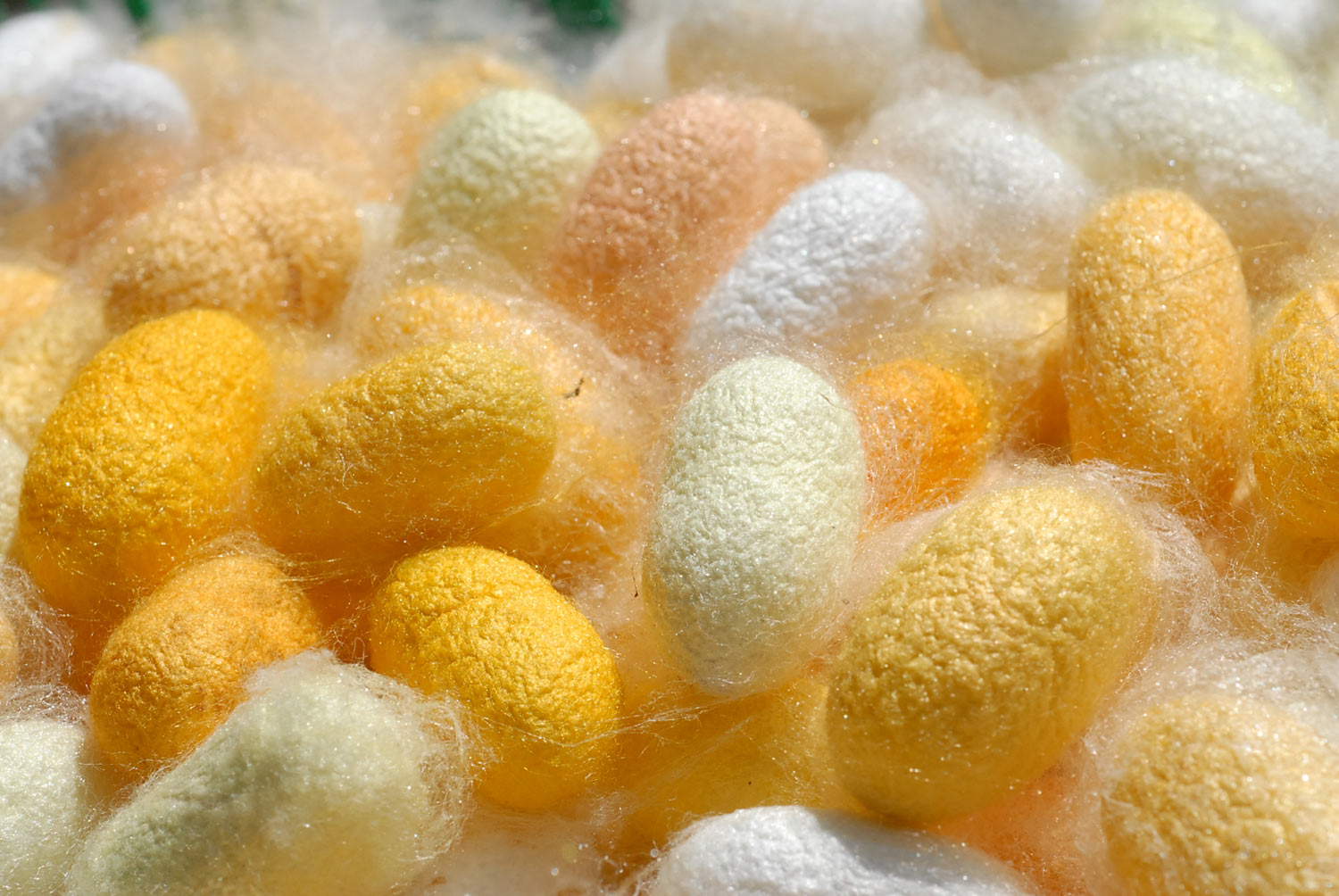
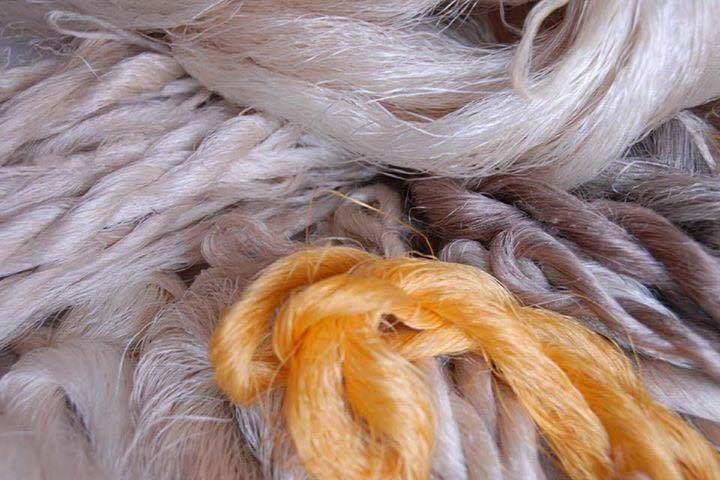

Not even in Como, a city famous for its fine silks, where worms have actually always been imported from China. In short, it is only in Calabria (who would have guessed?) that an activity as valuable as it is profitable takes place that involves its entire territory. Well, this is the story of San Floro, of the cooperative Il Nido di Seta and of Calabria. Alessandro Baricco would be proud: the incipit of his novel, Seta, we put before him to begin our tale. A story, at times still shrouded in mystery and from the time of Rome and Justinian who jealously established the secrecy of production and the restriction of its knowledge beyond the Byzantine borders.
Whether it went hidden in the hair of a princess, as legend has it, or was known through the Greeks (thehimation in the island of Còs was made of silk) and handed down by Byzantine monks, the art of silkworming has a very long history, perhaps beginning even earlier, under Justinian, in fact, through whose order in 552 AD, it was desired that some silkworm eggs, could be brought to Constantinople, through the traveling sticks of two monks.
Undoubtedly, however, it was mainly from the 12th century that Italy became its major producer with, later, also the invention of twisting mechanisms by Lodovico il Moro. This supremacy would soon be contested in the 17th century by France with the city of Lyon.
On silk and its origin (which would date back to 3000 BC. China) and production are intertwined with myths to half-truths: clues and hypotheses have been swirling around for centuries and keep us guessing how difficult it is to trace its true origins, even within the limited confines of a region like Calabria, where, in fact, amidst ups and downs, and even the silkworm epidemic (pebrina) in the 19th century, with which silkworm farming definitely went into crisis, centers of silkworm production or breeding were scattered just about everywhere.

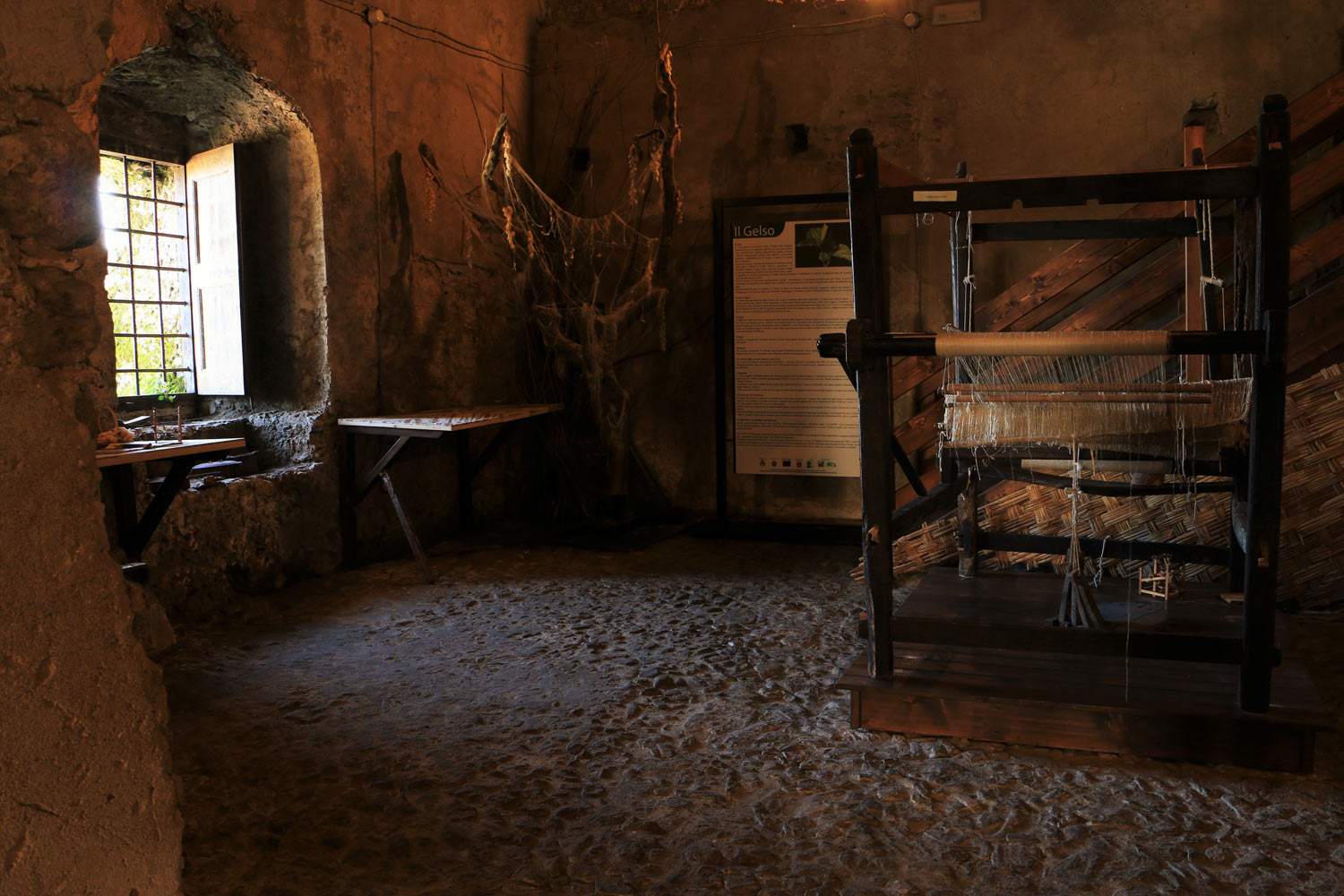
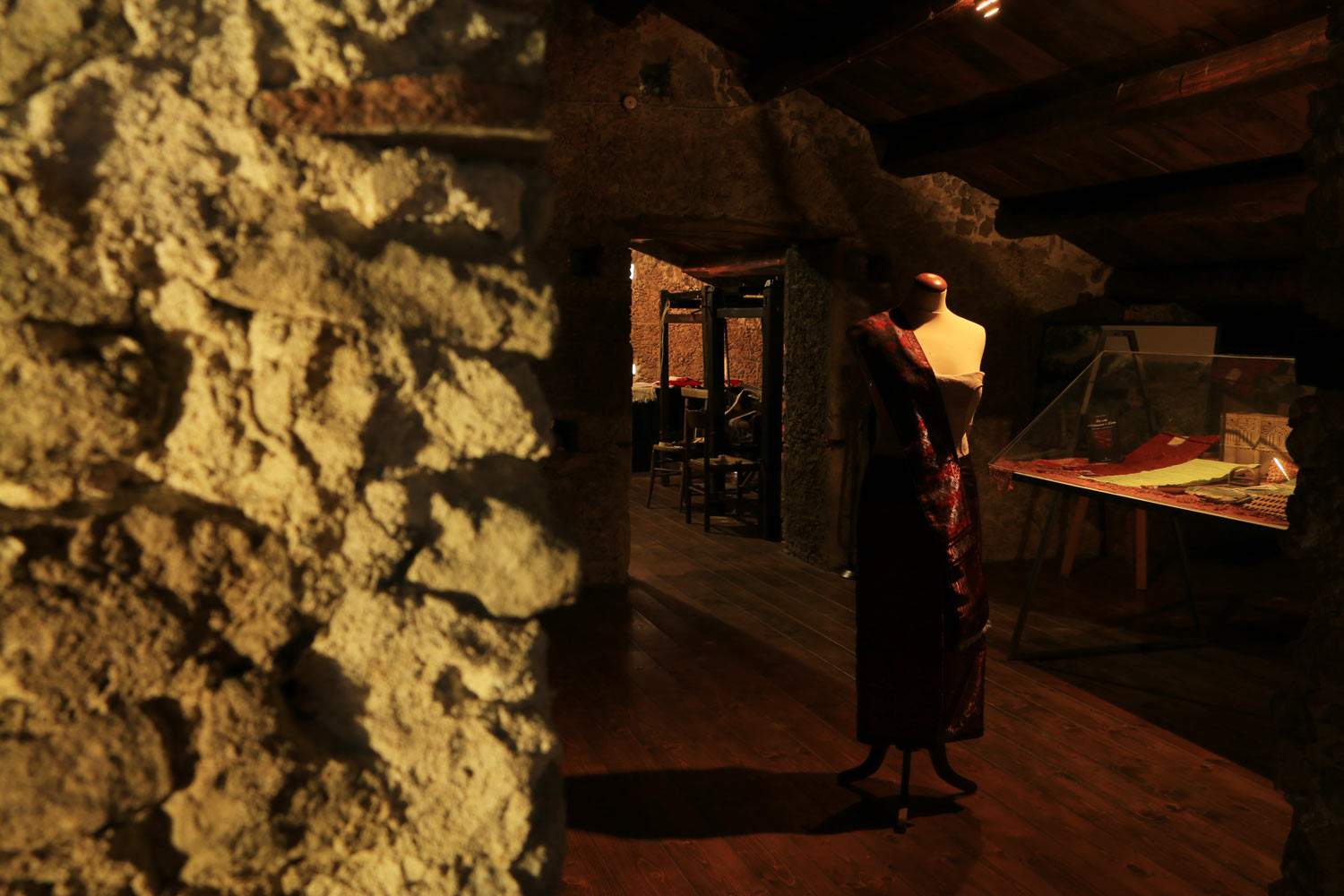
The period of greatest development for the European economy and also for Calabria, as some studies claim, was the late Middle Ages, a time when not only silk, especially raw silk, (destined mainly for Constantinople or the Egyptian market, not instead for the return journeys from the Levant!) but also other products such as pitch, timber, citrus, leather and cotton, could supply and meet the needs of merchants traveling the waters of the Mediterranean. For there to be a real economic boom and for silk to be in demand in northern Italy as well, and from Florence in particular (the Salviati company only from the 1580s onward diverted itself to buying Chosenzia silk), however, we must wait until the second half of the fifteenth century.
Evidence for the importance of Calabrian silk must be recovered in the attention that the Kingdom of Naples showed in its protection. One example above all is the drafting of the Capitoli, Ordinationi et Statuti dell’Arte della Seta (Chapters, Ordinances and Statutes of the Silk Art), arranged by Charles V in 1519 for Catanzaro, by then the most important center in the entire region, supplanted in the 17th century by Cosenza for the better quality of the product, because in those years that of Catanzaro was no longer spun with the same care as it had always been.
There are several reasons for this procrastination in the aftermath of the 16th century, certainly the Turkish conquest of Constantinople in 1453 changed events and economic balances, altering commercial geography, for example, forcing the Florentines and Genoese to abandon the Levant market and finally to compete for the supply of Chalavrese silk in the Neapolitan squares.
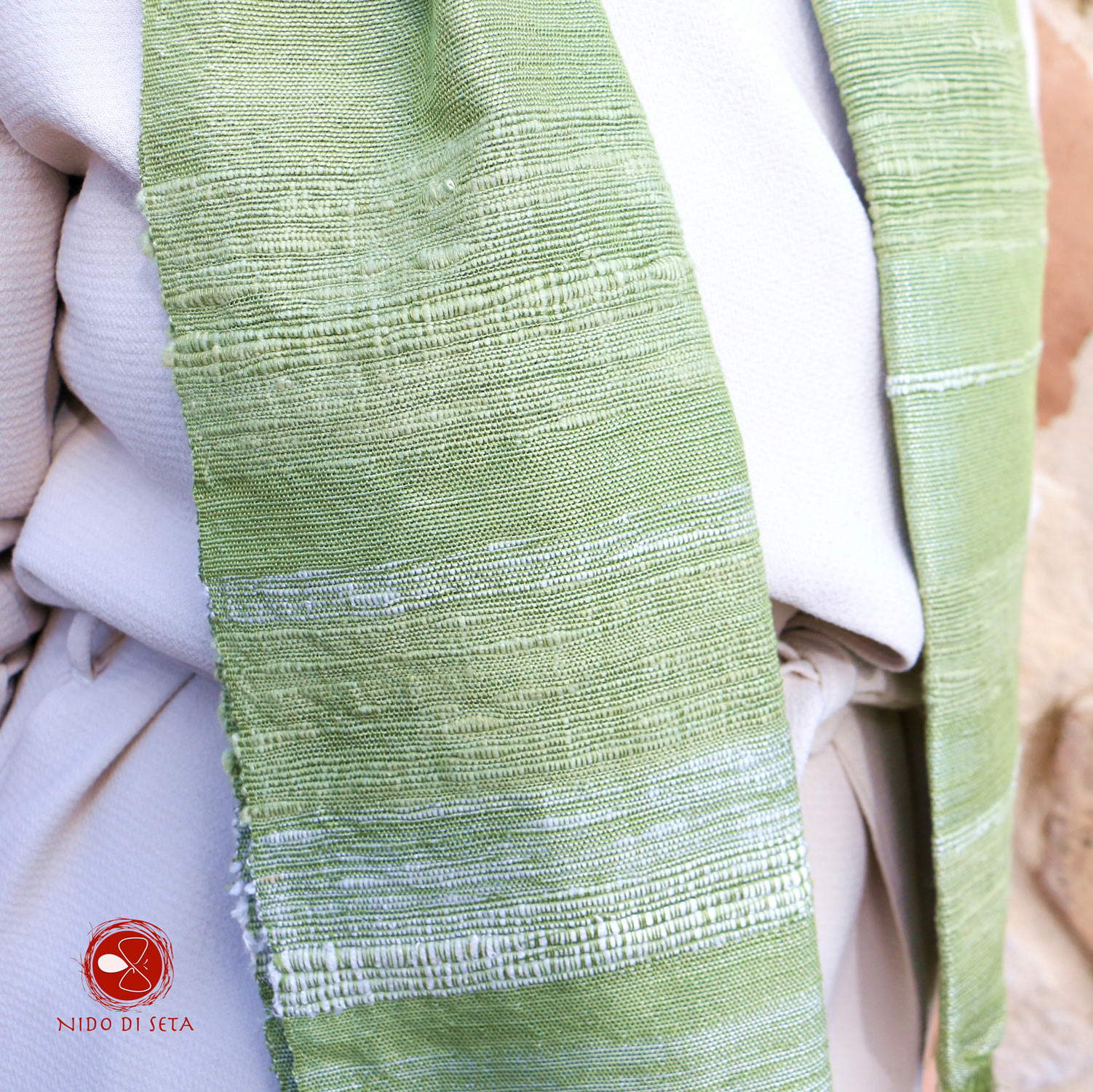
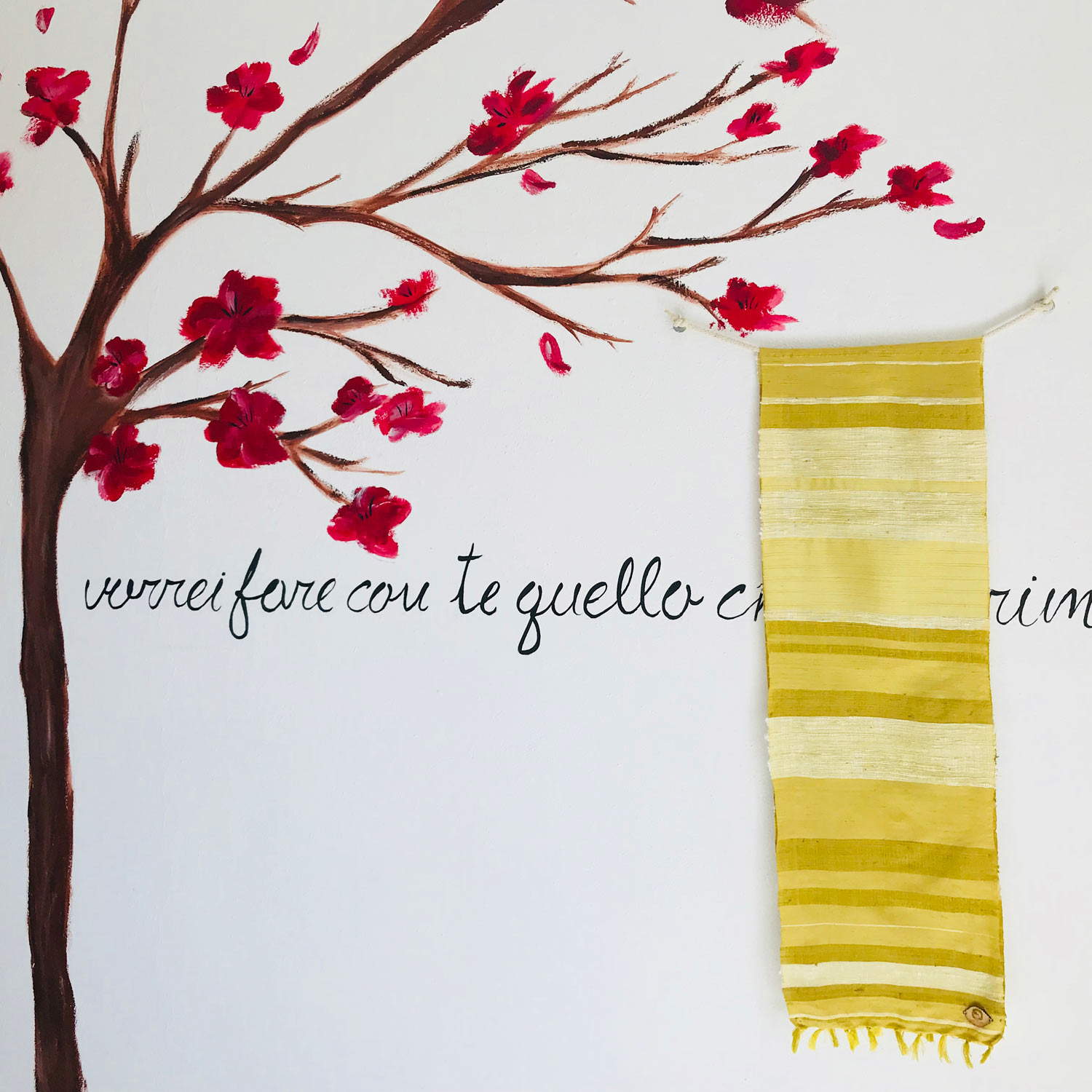
The final breakthrough came only with the industrial revolution, which enabled the supply of the nascent industrial spinning mills. Nothing could be further from those places, which, if certainly unhealthy, nevertheless allowed socialization also made favorable by the rituality that originated both the rhythmic chanting around a loom and the smoky atmosphere that produced the moment of reeling, when, that is, the cocoons were immersed in boiling water (which is still done in San Floro).
The circle around the loom was of great importance because it constituted a magical means of communication. The loom in ancient times was large, made of beech wood, located on the ground floor of the house, or more often in the bedroom where it served a gathering function: there the young women gathered to dream about their future, and the older women who with the wisdom of years remembered their past.
The experience of the Penelope myth is still possible in Calabria today. In San Floro, through the resuscitation of this distant culture, it is allowed to revive in times past, in parallel allow an economic inducement to this strip of ancient land, restore dignity to it.
The full picture of the history of silk is quite complex and one is referred to the in-depth studies of Sarah Procopio and Oreste Sergi, but here we wanted to hint at how resuming the thread of silk with the past is the means to revive both the traditions of yesteryear and the territories of today.
As Miriam, Domenico and Giovanna bravely do in their Silk Nest in San Floro.
Warning: the translation into English of the original Italian article was created using automatic tools. We undertake to review all articles, but we do not guarantee the total absence of inaccuracies in the translation due to the program. You can find the original by clicking on the ITA button. If you find any mistake,please contact us.